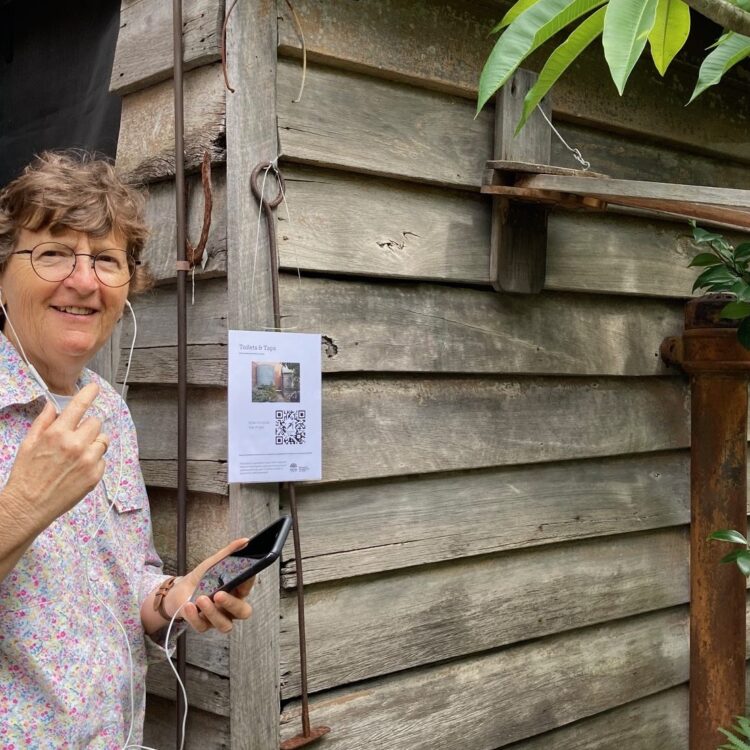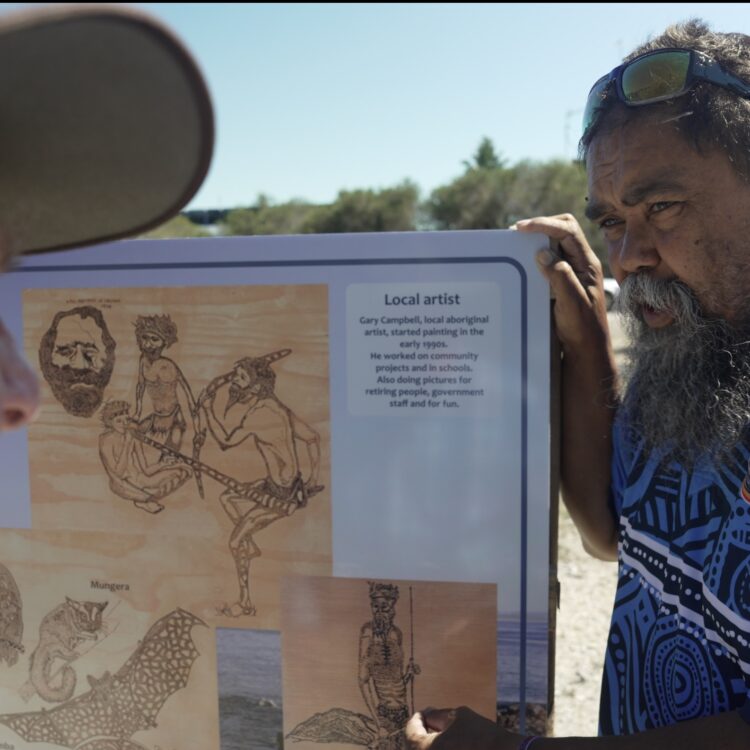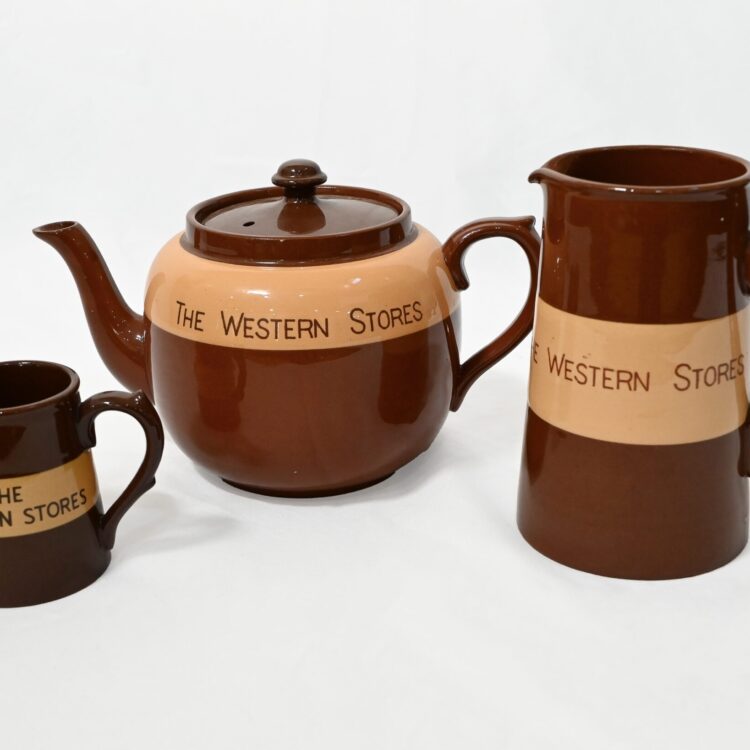People Like Us, currently on show at UNSW Galleries and touring to 14 galleries across Australia from 2016 to 2019, will deliver cutting-edge contemporary digital media art to regional and remote audiences across Australia.
“In the 21st century digital technology is used to share information and nurture a sense of social belonging. Rather than send one-to-one notes into the world, we share information on social media platforms with potentially thousands of people. Individual letters mailed through the postal service, and even emails sent through cyberspace, are fast becoming a thing of the past as technology allows us to expand our social reach instantly and almost infinitely. Technological advances in all facets of life have enabled us to constantly extend and re-shape our individual value systems and human networks.” – Felicity Fenner, People Like Us, 2015 exhibition catalogue.
Reflecting and advancing our innovative use of new media, contemporary artists have in turn embraced technology more than any previous generation, as they explore evolving attitudes and articulations of the human experience.
Elegantly curated by UNSW Galleries Director, Felicity Fenner, People Like Us brings together recent work by 12 high profile Australian and international artists and artist groups who describe connections to our inner selves, to each other and to our environments with moving image, interactive digital technologies and data visualisation, sound and music.
People Like Us captures universal aspects of the contemporary human condition and reveals the many experimental technologies being used by artists as they comment on issues confronting us today. The exhibition focuses on the capacity new media and new technologies offer humans (specifically artists) to experiment with cross-disciplinary platforms for exploring ideas and interpreting information.
John McGhee’s digital animations take visitors on a wild ride through human blood vessels; George Poonkhin Khut’s award winning Brighthearts app uses your real-time heart rate data to control images and sound, while British composer Michael Nyman’s Hillsborough Memorial, pays poignant tribute to those who lost their lives at the 1989 Hillsborough FA Cup semi-final.
Connecting with the lives and experiences of audiences throughout Australia, the exhibition will tour nationally from 2016 as part of the National Touring Initiative, managed by Museums & Galleries of NSW on behalf of National Exhibitions Touring Support (NETS) Australia.
This project involved the build and launch of a new responsive website to promote NETS tours, which also provides access to associated ‘rich media’ resources and an online National Exhibition Register —promoting exhibitions available to tour nationwide. Launch of the new Ortelia Curator software for exhibition design and the national tour of People Like Us very successfully completes the project. Composed of seven state organisations, NETS Australia is a national network committed to the delivery of best practice touring exhibitions of contemporary visual culture to regional, remote and metropolitan communities throughout Australia.
People Like Us is currently on show at UNSW Galleries. For more information please visit: mgnsw.org.au
The National Touring Initiative is supported by the Australian Government through the Australia Council, its principal arts funding body, and by the Visual Arts and Craft Strategy, an initiative of the Australian, State and Territory Governments.
The NETS Australia network is composed of seven independent arts organisations from each state and territory with a unified dedication to the presentation, promotion and support of contemporary arts, craft and design to metropolitan and regional audiences across the country.
The NETS Australia network comprises Artback NT, Art on the Move WA, Contemporary Art Tasmania, Country Arts SA, Museums & Galleries of NSW, Museums & Galleries Queensland, and NETS Victoria, and is supported by the Australia Council and state and territory funding bodies.





